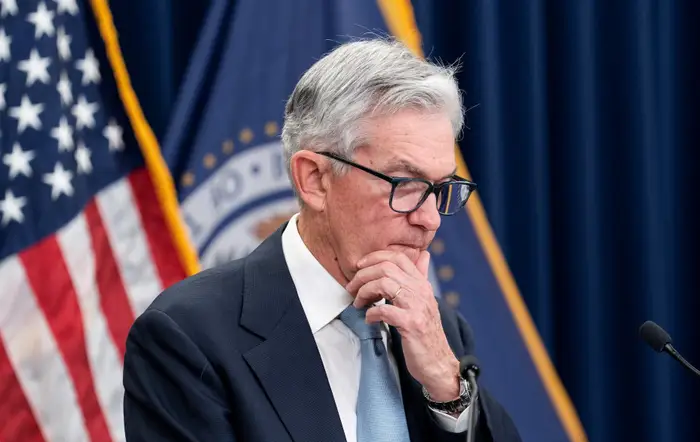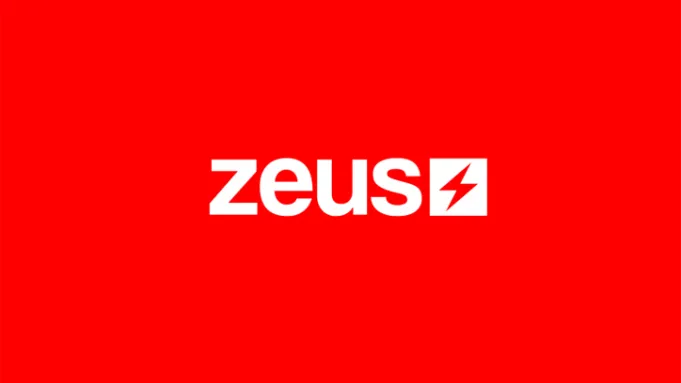Check out this week's U.S. interest rate announcements and related issues, and prepare for a shock if the Fed does the opposite

The US Federal Reserve's FOMC has reportedly abandoned its plans to cut interest rates and may instead revise its monetary policy stance by raising interest rates, causing panic on the New York Stock Exchange. Not only the NYSE, but also the exchange rate of government bonds, international oil prices, gold prices, and crypto-currencies such as Bitcoin, Ethereum, and Ripple are closely monitoring the FOMC "full revision" report. As the CPI and PPI inflation showed an unexpected surge, the New York Stock Exchange cryptocurrencies and others are fluctuating due to concerns that Jerome Powell may turn to "rate hike".
On January 19, Barron's reported that the U.S. Consumer Price Index (CPI) for January came in higher than expected, pushing back the expected timing of a rate cut and putting a rate hike back on the table. The data shows that inflation in the U.S. remains hot, raising the possibility that the Federal Reserve (Fed) could resume raising interest rates instead of cutting them. Chris Zaccarelli, chief investment officer at Independent Advisor Alliance, said the January CPI showed that inflation is not easy to control, "which could open the door to a possible Fed rate hike." Barron's prediction is that if February CPI, which is released next month, also comes in higher, the Fed could resume raising rates. The Fed has raised rates 11 times since 2022 to bring inflation down to 2%.
The U.S. Consumer Price Index (CPI) rose 3.1% in January from a year earlier, according to the Labor Department, beating the 2.9% consensus estimate compiled by The Wall Street Journal. The underlying CPI, which excludes volatile food and energy, also rose 3.9%, beating market expectations of 3.7%. With inflation showing stronger-than-expected growth, market expectations of a rate cut are quickly receding. On the other hand, U.S. Treasury yields have spiked. The 10-year Treasury note ended the weekend at 4.31%, the highest since Nov. 30, last year (4.38%), according to the U.S. Treasury. The rate has since retraced some of its gains, falling to 4.24% on Friday, but remains the highest it's been this year.
The U.S. producer price index (PPI) rose more than expected in January. Producer prices, also known as wholesale prices, are reflected in the prices of final consumer goods with a lag, reigniting fears of a rebound in inflation. The U.S. producer price index (PPI) rose 0.3% month-on-month in January, the Labor Department said on Saturday (local time). This was well above the Wall Street Journal (WSJ) consensus forecast for a 0.1% month-on-month increase. Producer prices fell 0.1% in December, following a 0.4% drop in October, raising expectations that the slowdown in inflation will continue. "A 2.2% increase in hospital outpatient charges was the main driver of the increase in January's service prices," the U.S. Department of Labor explained. A 1.7% month-over-month decline in the energy price index partially offset the increase in service prices, but it did not prevent overall producer prices from rising. Producer prices are considered a leading indicator of consumer prices because they are reflected in final consumer goods prices with a time lag. The unexpected rebound in producer prices after the consumer price index (CPI) rose 3.1% year-on-year has raised concerns that the slowdown in inflation may not be sustainable.
Housing costs were a key driver of CPI inflation. Housing costs, which account for about one-third of the CPI's weight, rose 0.6% from the previous month. On a year-over-year basis, it jumped 6%. The U.S. Labor Department said housing costs contributed more than two-thirds of the CPI increase. The NYSE is watching "supercore inflation," which is the price of services excluding housing, energy, and food. Supercore inflation is an area that is highly influenced by the job market due to the large share of labor costs in the price component. According to MarketWatch, supercore inflation rose 0.9% month-over-month, the largest increase since April 2022. On a year-over-year basis, it rose 4.4%, the highest in eight months. Unlike goods, there is no disinflation in the services sector, with high prices sticking around. Fed Chairman Jerome Powell has said that he would need to see slowing inflation in services in addition to goods before he would consider cutting rates.


